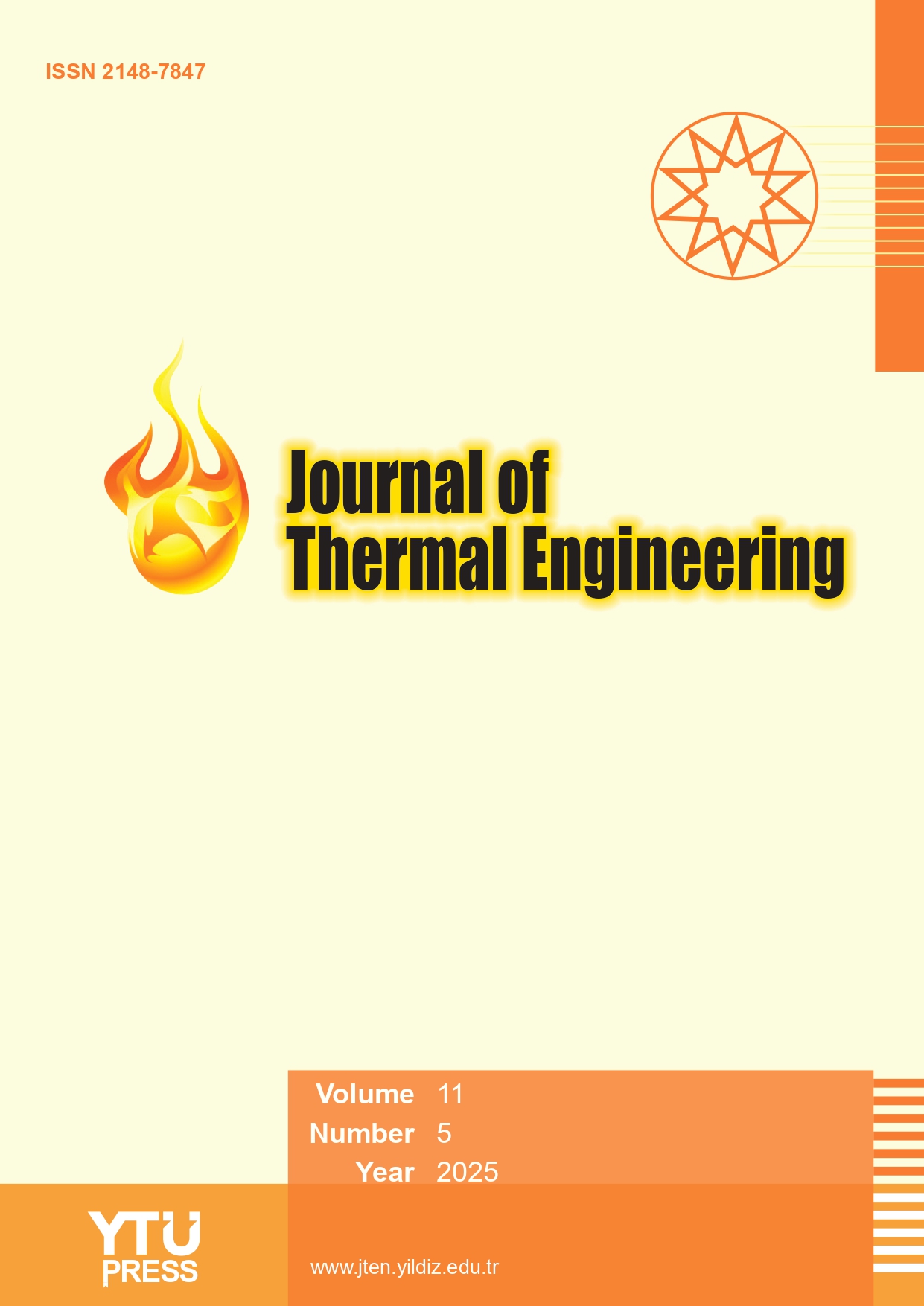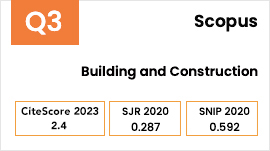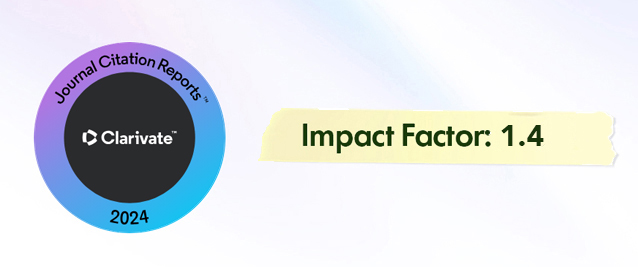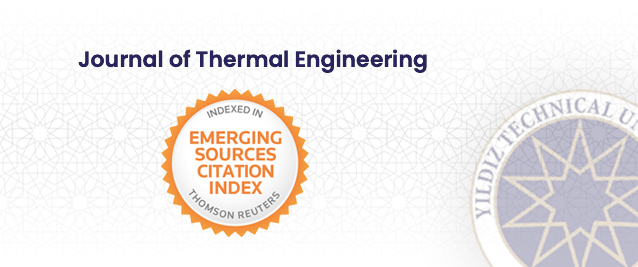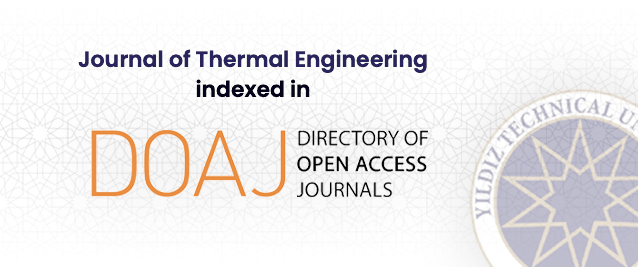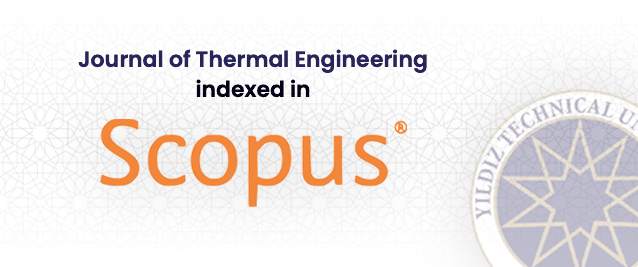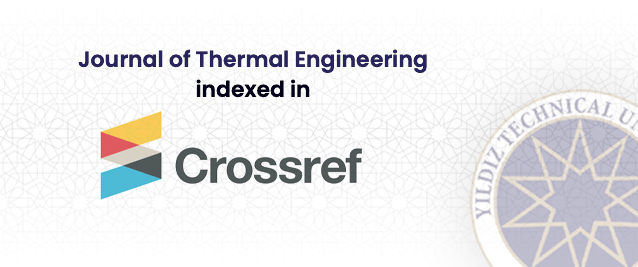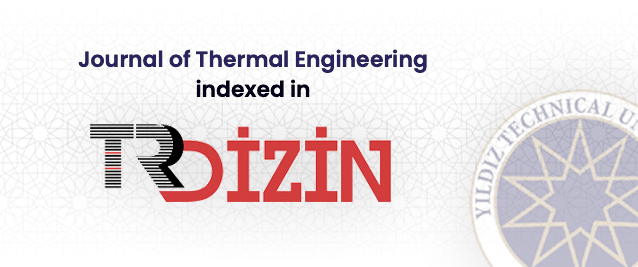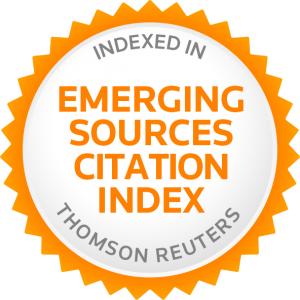2Department of Mechanical Engineering, Lendi Institute of Engineering and Technology, Jonnada, Vizianagaram, Andhra Pradesh, 535005, India
3Department of Mathematics, Vel Tech Rangarajan Dr Sagunthala R&D Institute of Science and Technology, Chennai, Tamil Nadu, 600062, India
4Department of Mathematics, Vel Tech High Tech Dr.Rangarajan Dr. Sakunthala Engineering College, Chennai, Tamil Nadu, 600062, India
Abstract
The release of exhaust gases from compression ignition engines has gradually increased daily due to increased demand for automobiles. This causes a heavy depletion of diesel. The novelty in this work is testing the single-cylinder diesel engine followed by 50D25MO25PO+ 20 ppm zirconium oxide, 70D15MO15PO + 40 ppm zirconium oxide, 80D10MO10PO + 60 ppm zirconium oxide, 50MO50PO + 80 ppm zirconium oxide, and diesel. The zirconium oxide is a novel catalyst for boosting engine performance, improving combustion rates, and reducing emission formations. The method used for proportions is the ultra-sonification process. The results were good in terms of superior brake thermal efficiency for the blend 50D25MO25PO+ 20 ppm zirconium oxide is 34.2%, which is 11.67% greater than diesel, Brake specific fuel consumption is 0.20 kg/kWh for the blend 50D25MO25PO+ 20 ppm Zirconium oxide 31.43 % less than diesel, Maximum heat release rate is reached for the blend 80D10MO10PO + 60 ppm zirconium oxide followed by 89 KJ/CA with highest peak pressures of 69 bar for blend 70D15MO15PO + 40 ppm zirconium oxide. 70D15MO15PO + 40 ppm zirconium oxide blend offers very few Hydro carbon emissions, followed by 77.7% than diesel; the least Carbon monoxide formations are found for the same blend, followed by 40% less than diesel. 70D15MO15PO + 40 ppm zirconium oxide blend possesses very low carbon dioxide with a marginal difference of 5.6% than diesel, and lower nitrogen emissions are 50MO50PO + 80 ppm zirconium oxide found to be 700 ppm.


